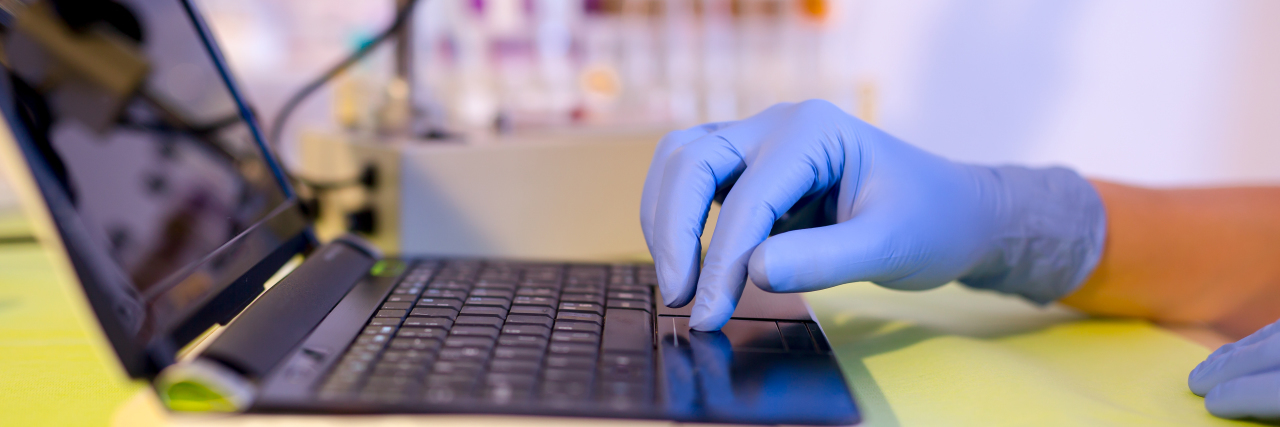A few years after my mother’s diagnosis of multiple system atrophy (MSA), a neurodegenerative disease that causes progressive disability followed by death, we had the talk. She chose to have it then, I think, because she could still talk. MSA can eventually take away your ability to speak, and we didn’t know when that would happen.
I remember my mother telling me, “If I end up in the hospital, I don’t want any heroic measures taken.” Her orders were DNI, DNR, or “do not intubate” and “do not resuscitate.” “OK,” I nodded. I was brave and I said, “OK,” again. It was all I could manage to say. It wrecked me. I couldn’t have articulated why right then, but I can now.
It was an acknowledgment, on both of our parts, that there was no hope for her to survive. I didn’t try to talk her out of it, and she didn’t want me to. She would continue to progress to not walking, not talking, not swallowing, not moving… there was nothing that could stop it. MSA has no cure and no treatments. We knew this.
Ah, people say, but there is always hope.
I used to think so. I used to think hope was just there, like a rope you could grab. It may not pull you up, but it was always hanging there to keep you steady. So in 2014 when my mother was diagnosed, I was dogged. I sought out every clinical trial and contacted every researcher I could find. There was something out there to help her, I was sure of it! Pharmaceutical, diet, whatever. We just had to find it. I was holding onto my rope and hoping like hell.
It’s now four years later, and my mother is dead.
I’ve learned so much.
I’ve learned practical things like how to maneuver a wheelchair in tight spaces and what foods are best when you have swallowing issues. I’ve learned more about MSA, the brain and the autonomic nervous system than I ever wanted to know. I’ve learned what death looks like in the people who have died and in the people who have lost them. I’ve also learned hope is not always there because I believe hope, like luck, is a thing we make.
It has been projected by the National Institutes of Health that in approximately 10 years, one in five Americans 65+ will be diagnosed with a neurodegenerative disease — something like Alzheimer’s, Parkinson’s disease or MSA. Guess how many of those have cures? None. My mother, when she could, joined a medical study on MSA. When she died she donated her brain to research. I am so, so proud of her. When we had the DNR conversation, she also made me promise to follow through with the brain donation. I said I would.
That was the second half of our talk, the second acknowledgment on both our parts that although there was no hope for her to survive, she could participate in the hope for others.
The New York Times reported at the end of July on the difficulty scientists are having with a specific promising Alzheimer’s clinical trial and clinical trials in general. Money and a lack of participants hold them back. These are fixable problems: more money, more awareness among doctors and patients. There are 5.4 million patients with Alzheimer’s in the United States according to the article, and around 1 million people with Parkinson’s and up to 50,000 with MSA. Without a significant increase in how we — doctors, patients and family members and those who are able — participate in and prioritize medical research, these numbers will continue to be death tolls. So please don’t tell us there is always hope.
Hope is not there unless we put it there. That ethereal, dangly rope is not hope. Hope, real hope, has to be tied to something.
Photo credit: Jovanmandic/Getty Images

